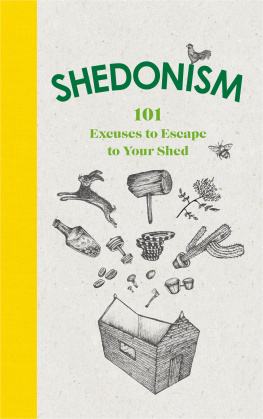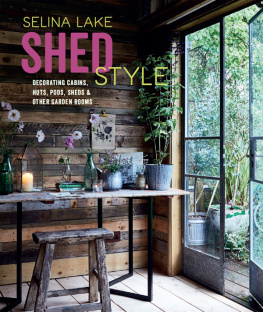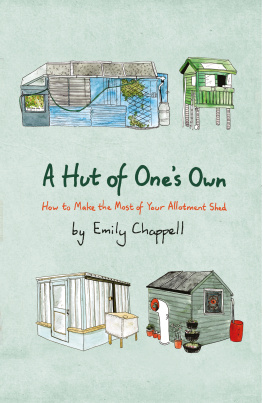SHEDONISM
noun
1 The belief that all people have the right to do everything in their power to achieve the greatest amount of pleasure possible to them, in a shed.
2 A joyous utilitarianism, or an aesthetic of sensual materialism, in a space adjacent to (and separate from) main activity centres.
She had a lifelong commitment to shedonism.
SHEDONISM
101 Excuses to Escape to Your Shed
Ben Williams
with illustrations by William Finch

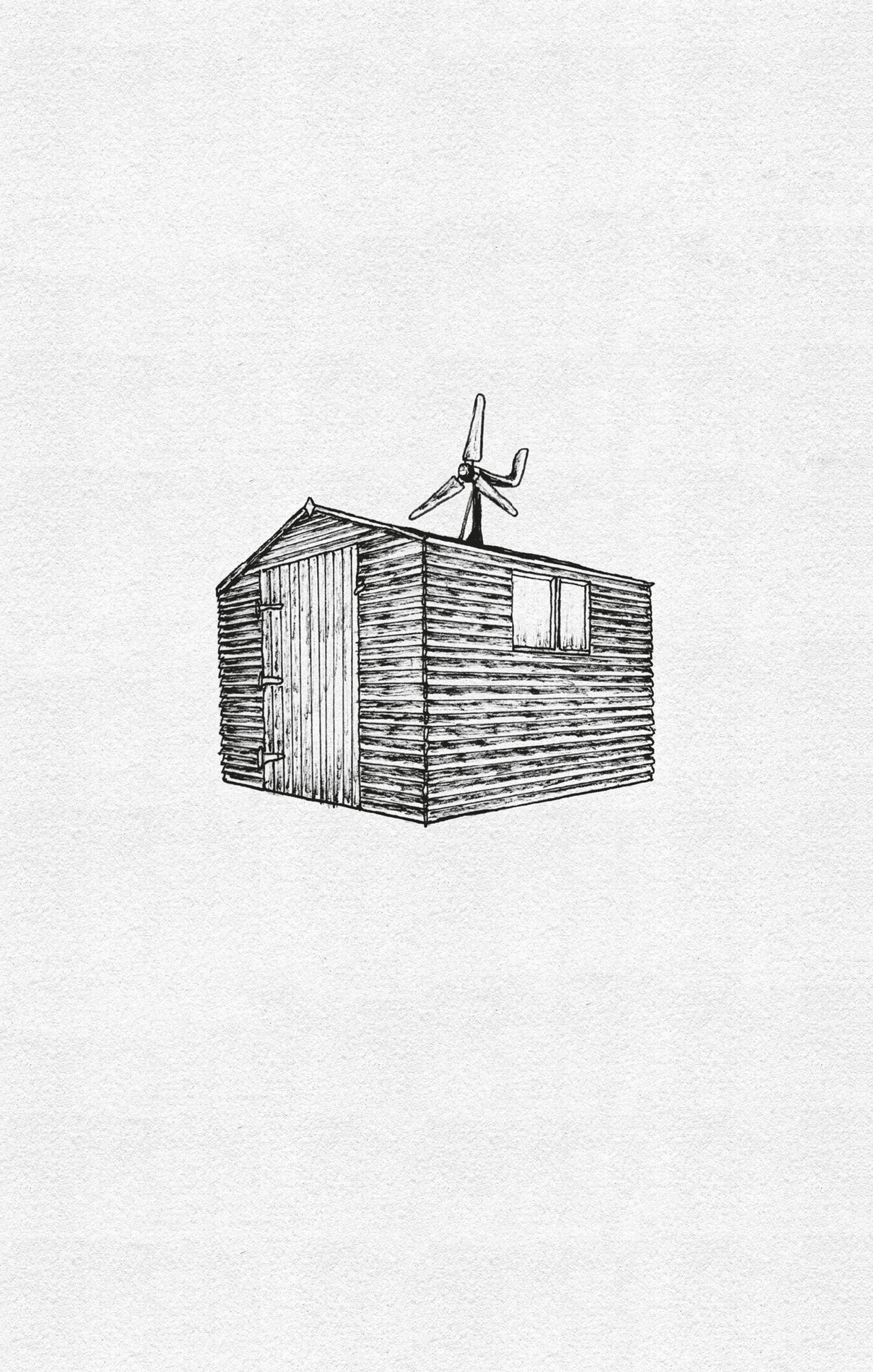
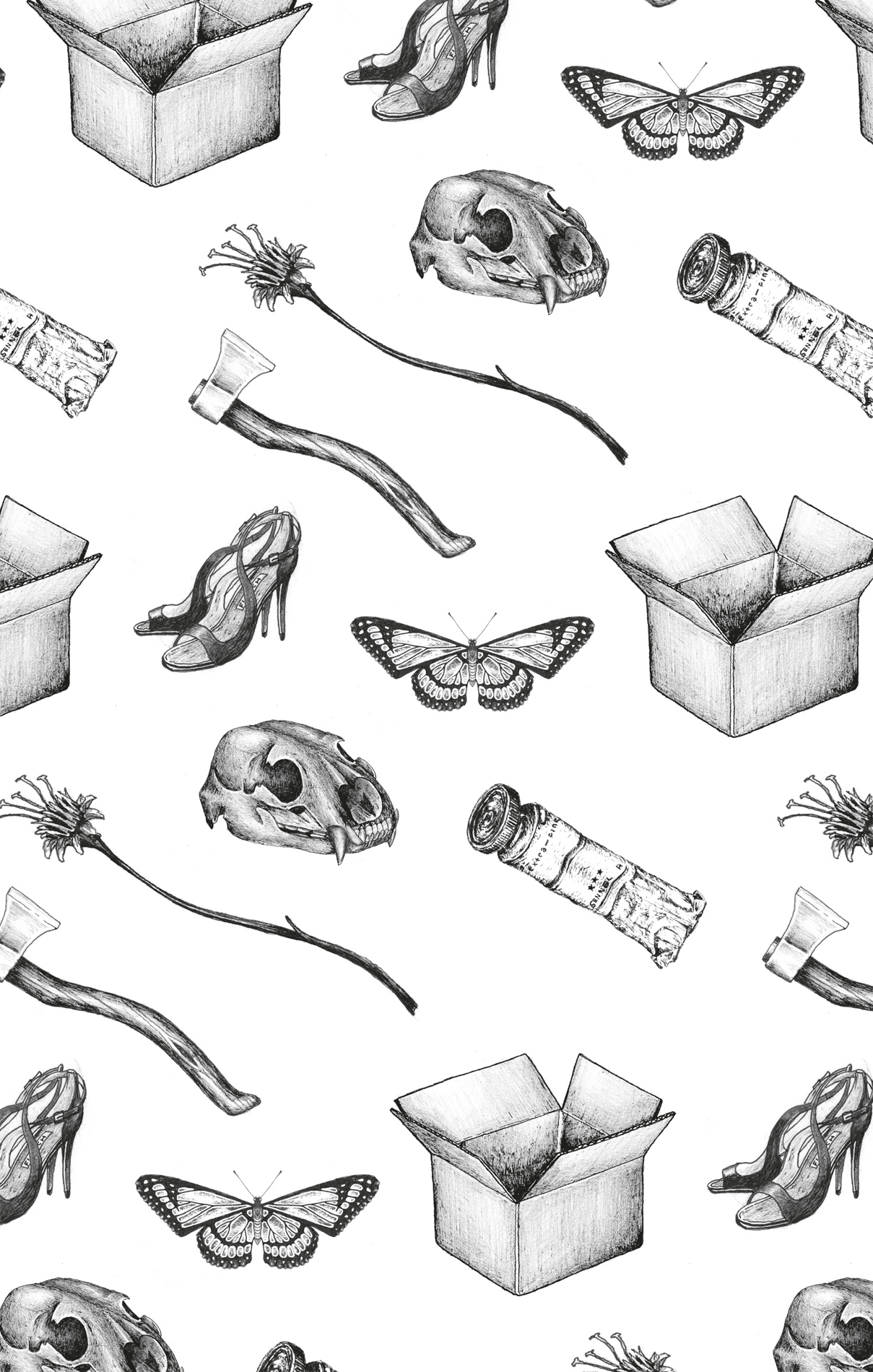
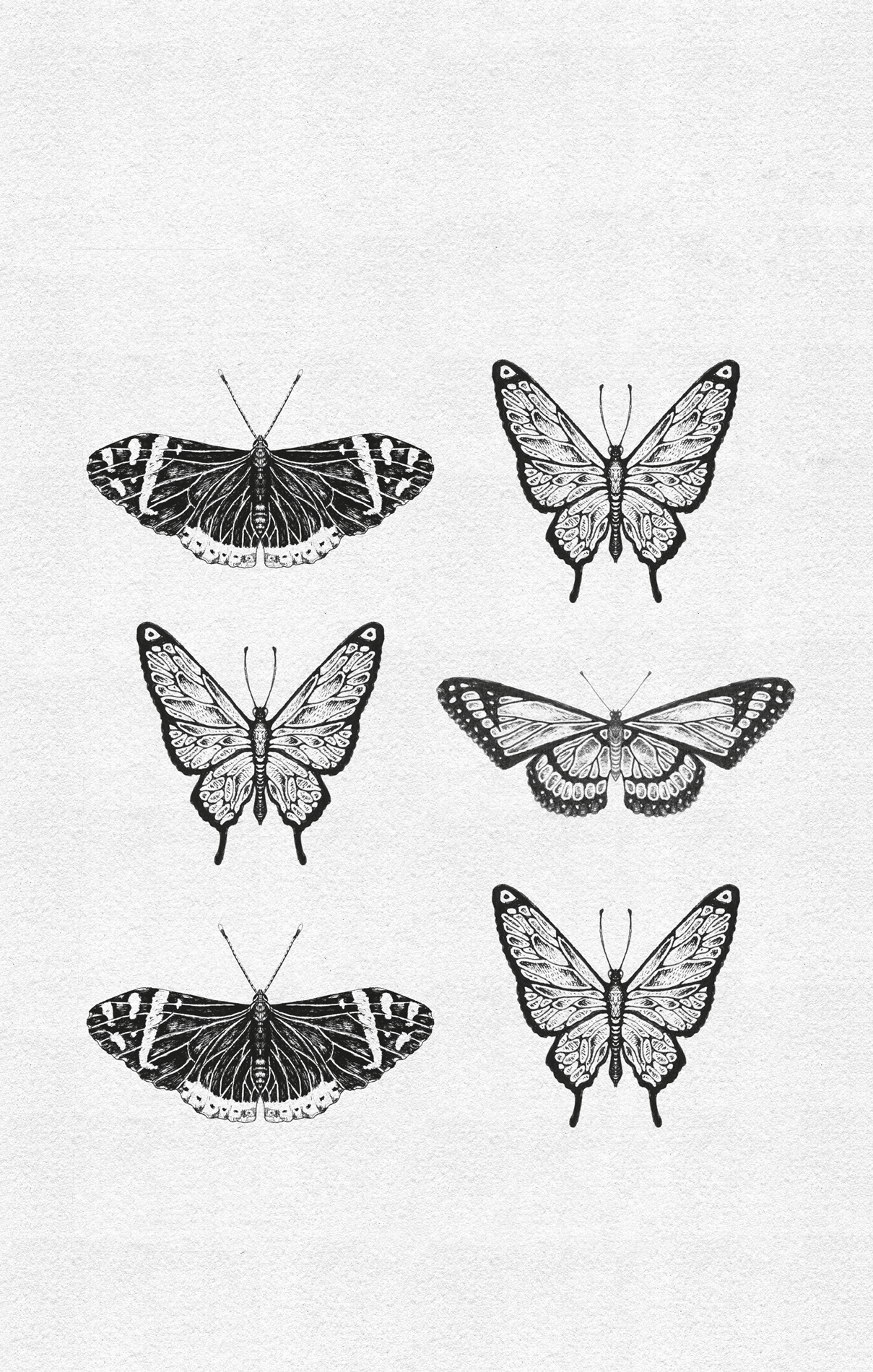
Introduction
Approaching down the garden path, fumbling with the padlock, flicking the latch, groping around in the dark. To enter the shed is to enter another dimension. For some, this will mean a portal to a Narnia-type world, a costume change la Mr Benn and a transgression. For others, it will be somewhere to keep the old lawnmower.
Either way, the shed is a rare private place in a hyper-connected world, somewhere to indulge yourself with hobbies that will seem boring and outdated to some but what matter? There is no such thing as shame in your shed.
Indeed, boredom or the associated free unravelling of your mind, disgorging yourself of the days accounts; reclaiming time, back from the tyranny of enforced hours this is to be encouraged in your shed. Here one might lose days whittling ().
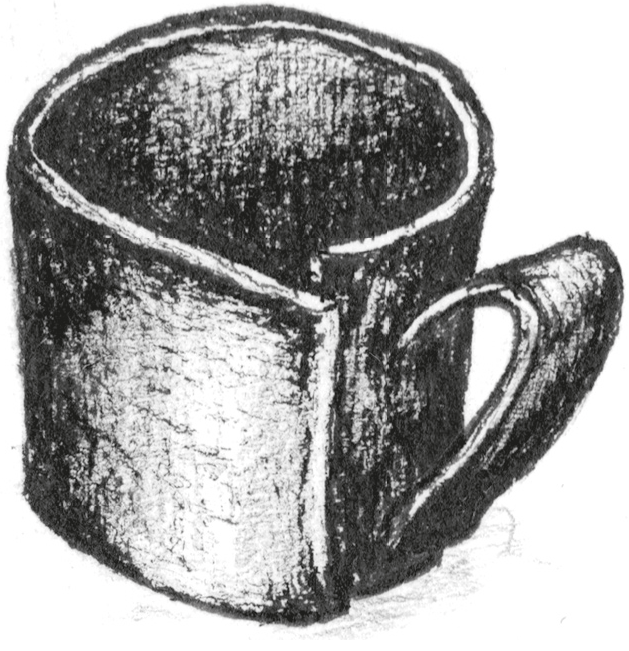
But this is not only a book about mindfulness, as those seeking to butcher a rabbit () will usefully discover.

The shed might traditionally signify the nostalgic and the male, somewhere to fart in peace or store outmoded items. This book signals the dawning of a new, metrosexual golden age of craft. For as well as traditional artisan practices, such as embossing leather goods ().
If it turns out to be a sly political tract, a kind of manifesto of wholesome activity, then this only reflects what shedders worldwide are actually doing now. Similarly if the book has an ecological bent this reinforces the idea that the shed is noble, and that shedders are a noble breed.
There is also evidence of the consummately modern, and here you will find guidance on how to vlog (). The digital world creeps in.

Approaching down the garden path, fumbling with the padlock, flicking the latch, groping around in the dark. To enter the shed is to enter another dimension.
And despite the book having discrete sections (Arts & Crafts etc), you are encouraged to free-associate the entries to remove the plastic packaging, if you will and explore the relationship between seemingly odd elements. Here you will be encouraged to cure meat (). In the shed, everything is in play.

So this book is at once a guide and a primer, a stimulus and catalogue of desires, and a humble gesture towards the multitude possibilities of the shed.
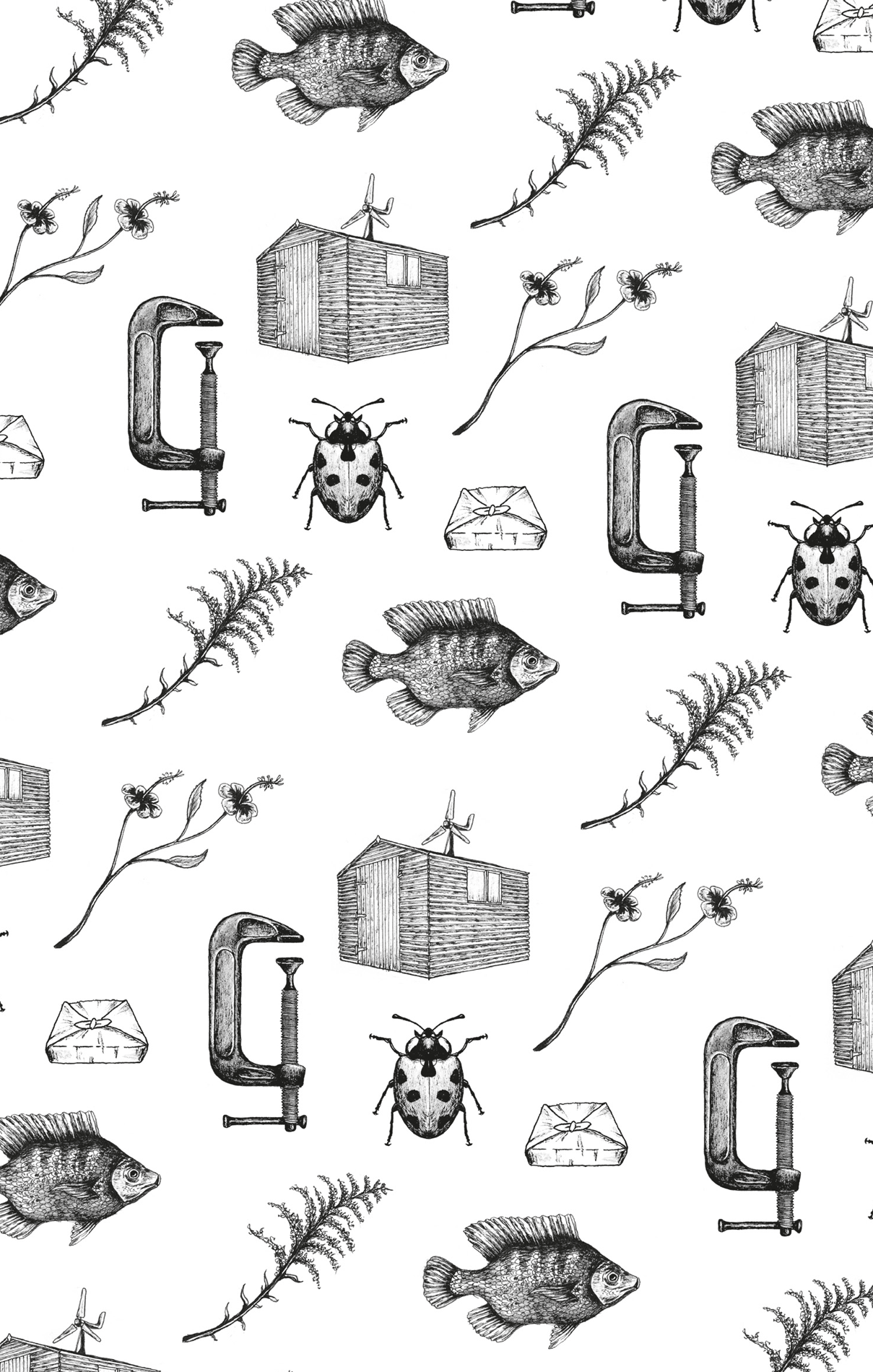
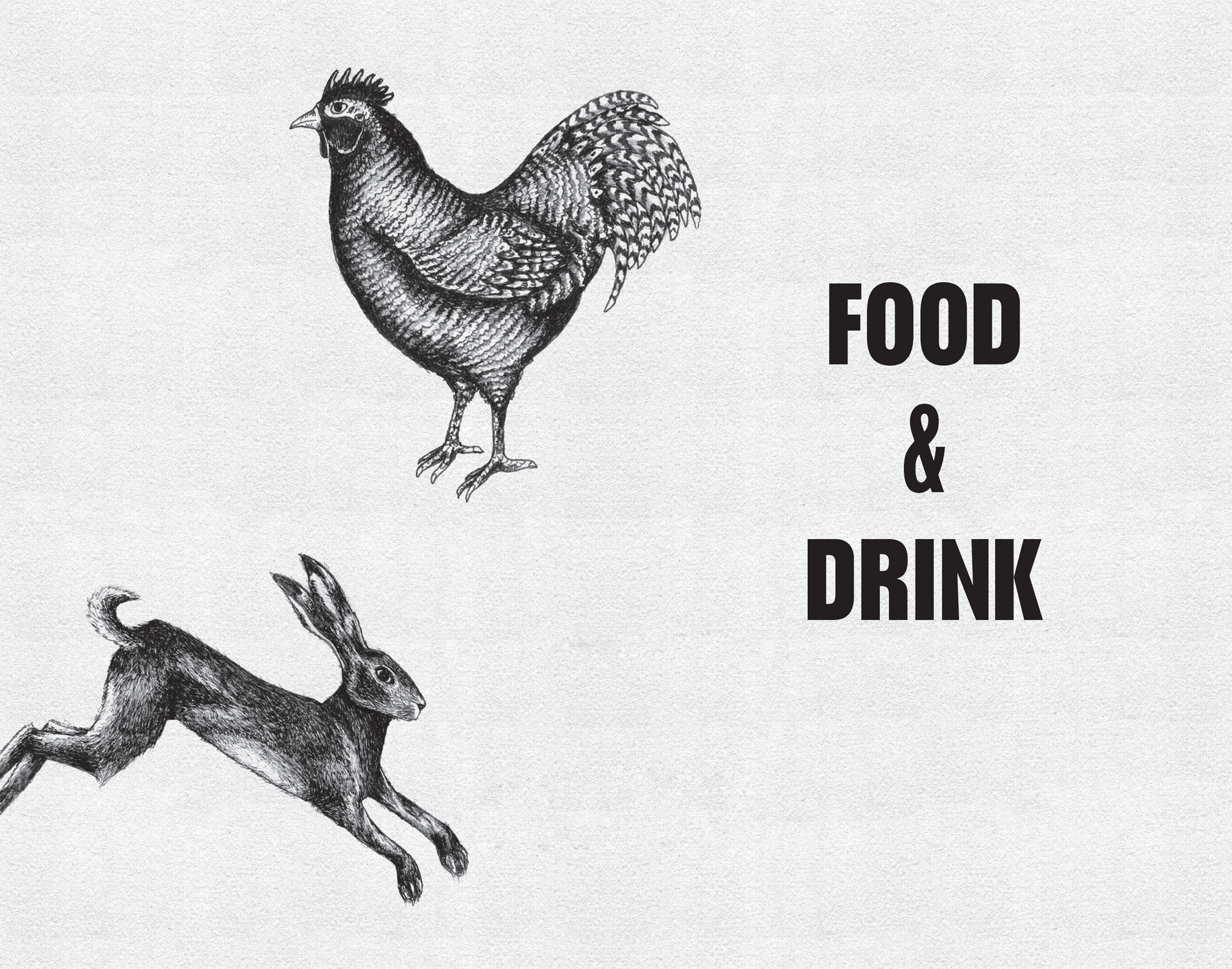
1.
Preserve lemons
Preserving fruit is an essential skill for the paranoiac (see nuclear bunker, ) but also a voguish way to mitigate the effects of any social or political upheaval.
Clean your jars assiduously with soapy water, then put them in a cooling oven to dry. Scrub a number of unwaxed lemons, cut them in half lengthways, then divide each half into three long slices. Pack these tightly into the sterilised jars and pour a load of sea salt around them. Add cinnamon sticks, a couple of red chillies and bay leaves if desired. Press it all down and finish with another layer of salt. Put them in your shed and rotate the jars daily; mature lemons will be yellowish-brown. Once opened, pour a layer of olive oil on top to keep them cured. These are very good when eaten with rice and white fish.
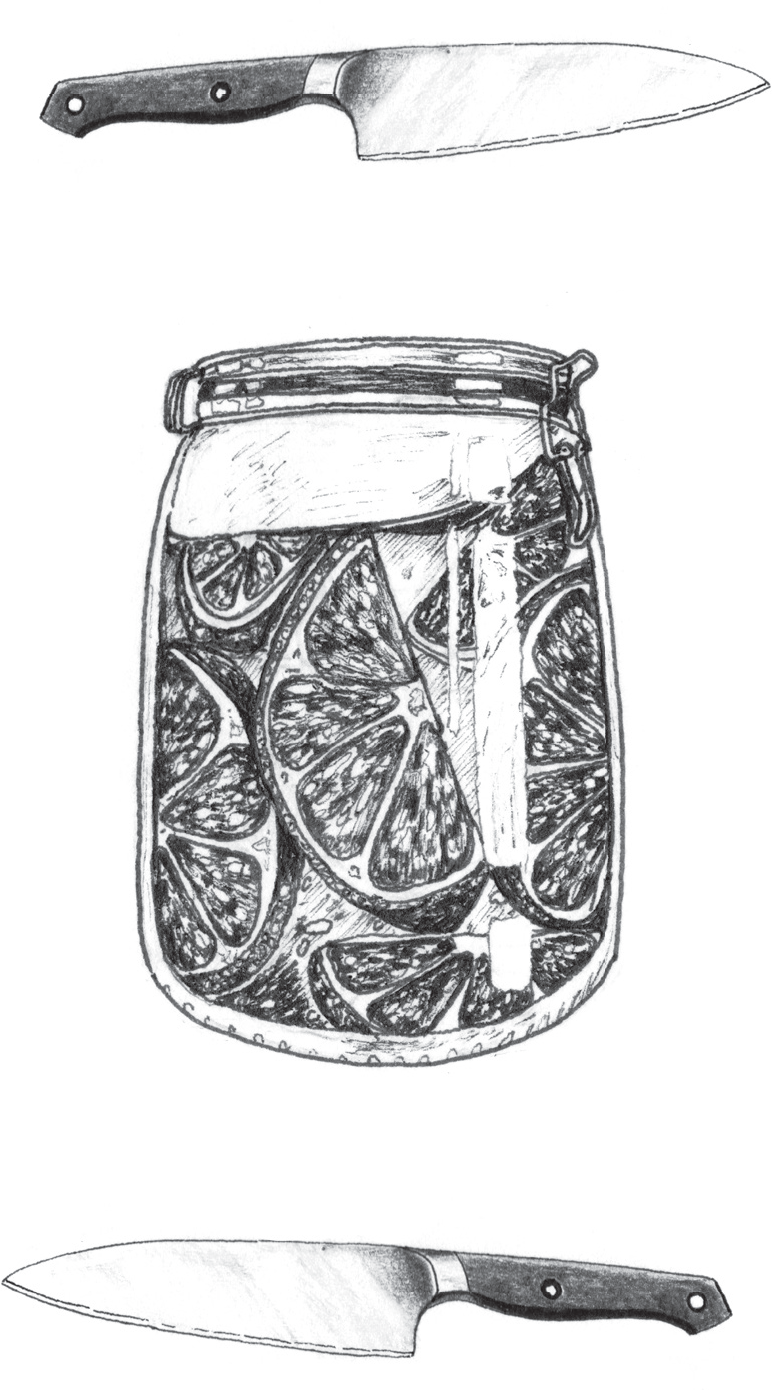
2.
Hang game
If veganism is the apogee of ethical eating, then hunting and preparing your own kill is surely not too far behind. To look into their misty eyes, and to pluck them, is to radically engage with your dinner in a way that a plastic-packed chicken breast could never recreate.
The shed is an ideal place to hang game birds. This is necessary to purge the animal of the adrenaline it used to take off, before it was shot, as well as rest the bird: this helps to develop flavours.
Dangle the birds from the neck to prevent fluids pooling, and improvise a sort of net curtain surround to ward off flies. How long you hang them depends on age, but between two and four days seems to be the norm. Ideally your shed should be cool around 4C although anything under 15C is fine.
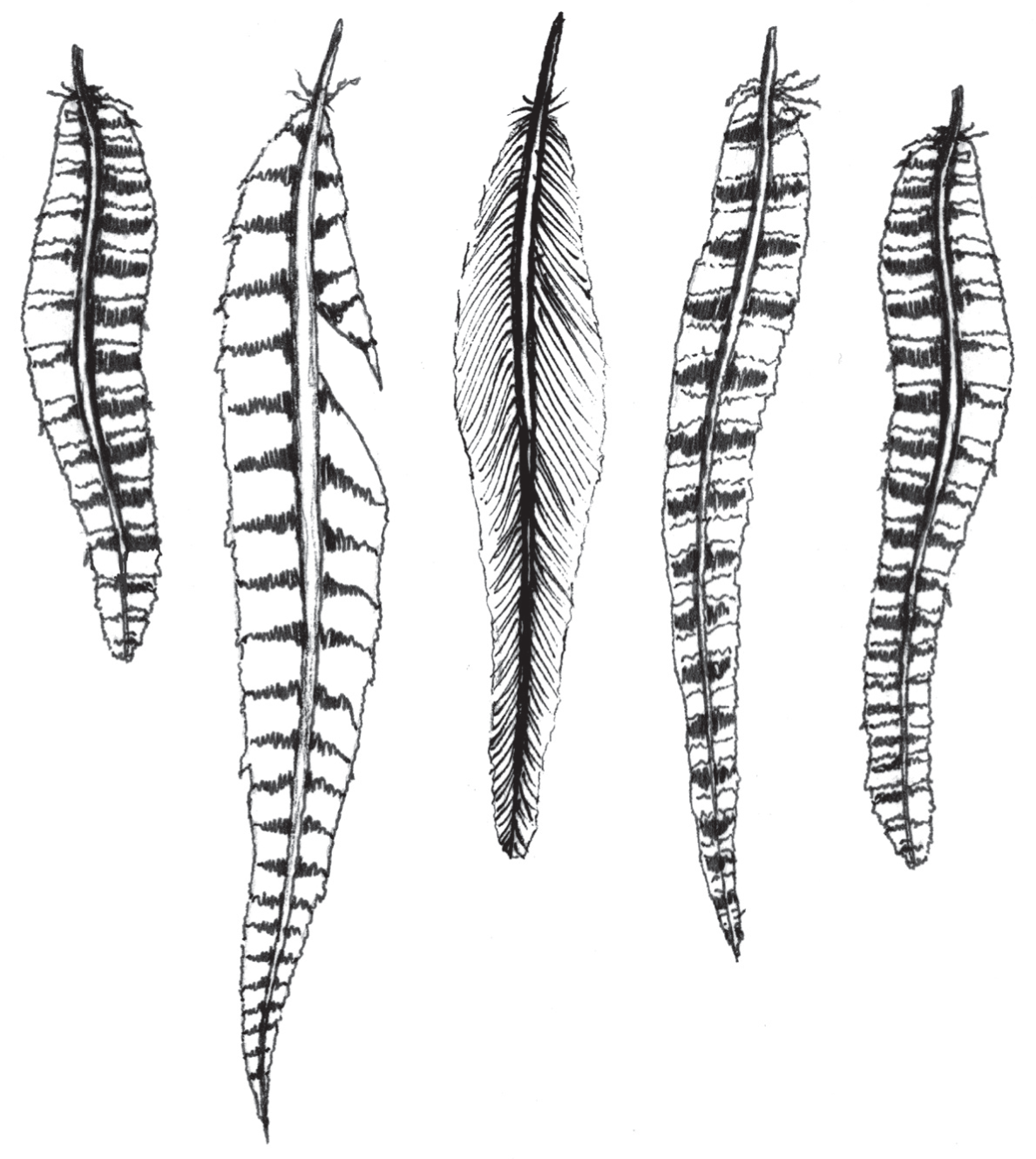
3.
Hot smoking
Hot smoking is a delicious way to sophisticate simple foods, and best done in the shed where you can safely corral the aromas.
Mackerel or trout is a good place to start. Salt the fish: this draws moisture from the flesh and makes the smoky taste more profound. Scatter a generous layer of flaky or coarse salt over a large plate, put your fish on top, then add a further layer of salt. How long you leave it depends on the fish: small specimens might need 10 minutes, a big fish more like 40. After the appropriate time, rinse the fish thoroughly and pat dry with kitchen towel.
For the smoking you can use an old metal bread bin, but a large, snugly-lidded saucepan also works. Bodge a metal smoking rack out of whatever you have around; this will need to sit neatly about 10 centimetres above the bottom of the smoker. Experiment with different wood chips for different flavours, but make sure to use non-resinous, untreated woods like alder, beech or cherry.
Open the windows and door of your shed for ventilation, then put your smoker lid on onto a stove at high heat. When it starts to smoulder, turn it down low and put your fish on the rack until it is cooked as you like it. You can smoke meat or poultry in the same way.
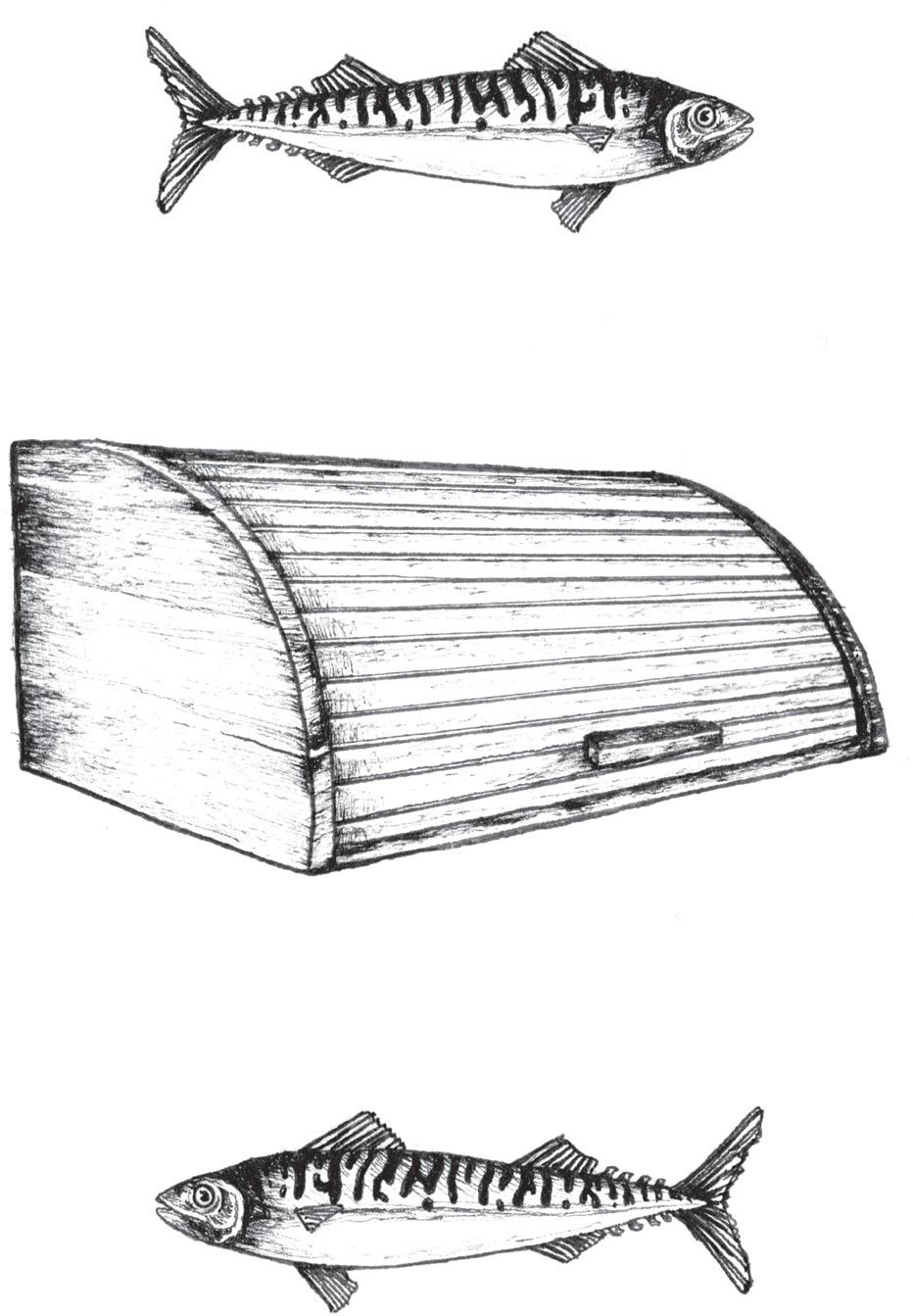
4.
Growing rhubarb

